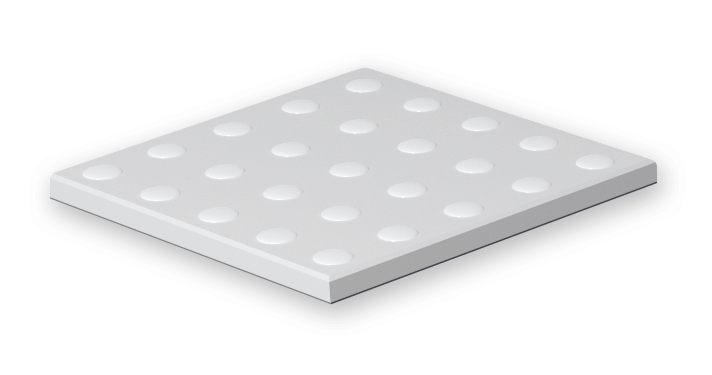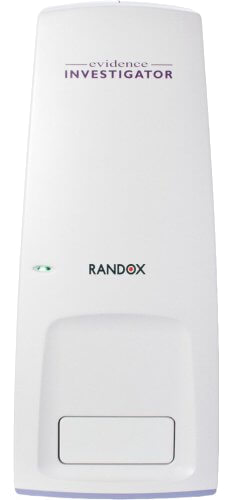Solutions
keyboard_arrow_downServices
keyboard_arrow_downSupport & Resources
keyboard_arrow_downCompany
keyboard_arrow_downContact
Get in touch to discover more
To find out more about the Randox ApoE4 Array, enquire now.
Key Benefits
Rapid identification of Alzheimer’s Disease risk in under 3 hours
Simultaneous measurement of ApoE and ApoE4 from single plasma sample
Eliminates the need for molecular genotyping
100% concordance with molecular genotyping
Improve quality of care for dementia patients with earlier intervention
Applications in research, personalised medicine, and development of therapeutics
Apo E exists as three common isoforms meaning there are six common Apo E4 genotypes each associated with a different level of risk as shown in the table below. Individuals carrying the ApoE4 allele are at increased risk of Alzheimer’s Disease. The Randox biochip is capable of rapidly measuring both ApoE and ApoE4 and can be used to classify ApoE4 positive samples as being as heterozygous or homozygous without molecular genotyping.

| Genotype | E2/E2 | E2/E3 | E3/E3 | E2/E4 | E3/E4 | E4/E4 |
|---|---|---|---|---|---|---|
| Disease Risk | 40% Less Likely | 40% Less Likely | Average Risk | 2.6 Times More Likely | 3.2 Times More Likely | 12.9 Times More Likely |
Biomarkers Tested
ApoE exists as three common isoforms: ApoE2, ApoE3 and ApoE4. ApoE4 is established as the strongest genetic risk factor for Alzheimer’s Disease.
ApoE4 triggers inflammatory cascades that cause neurological dysfunction, including blood-brain barrier breakdown, leakage of toxic proteins into the brain and reduction in length of small vessels.
The Evidence Investigator
The Randox ApoE4 biochip is suitable for research use only and has been developed for use on the Evidence Investigator, a semi-automated benchtop immunoassay analyser.



